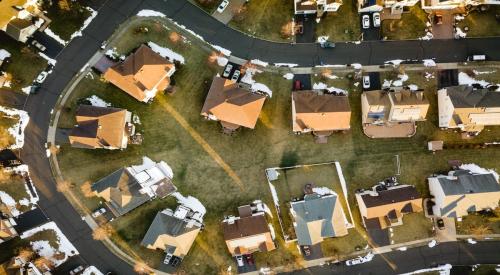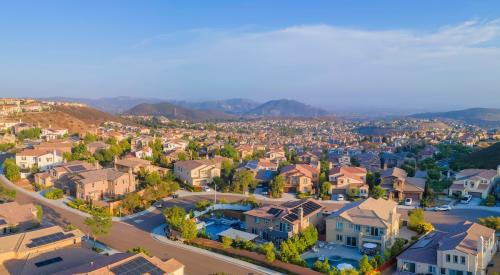Frame by frame, builders have created one of the largest sources of wealth for the United States: The total sum value of every residential home in the country rings in at $33.6 trillion dollars, which almost as high as the 2018 GDPs of the United States and China combined. In fact, all the billionaires on earth couldn’t buy out the U.S. housing market even if they banded together, trust funds and high-yield bank accounts in hand. Although one may expect high numbers for a national total, the latest results are dramatically high compared to 2010 as well—the total value of all U.S. homes rose over 50 percent from the start of the decade to the end of 2019.
The combined value of every residential home in the United States is a staggering $33.6 trillion – almost equal to the combined 2018 GDPs of the U.S.A. (~$20.5 trillion) and China (~$13.6 trillion), by far the world’s two largest national economies. If all the 2,200+ billionaires in the world (as of 2018) were to pool their assets, their paltry $9.1 trillion in wealth couldn’t even buy a third of the nation’s homes.
Over the past year, between the end of 2018 and the end of 2019, the total value of every residential property in the country grew by 3.4%, or approximately $1.1 trillion – a sum higher than the entire 2018 GDP of all but 15 nations. But the real story may be in measuring the difference a decade can make: Between 2010 and the end of 2019, the total value of all U.S. homes grew 51%, or $11.3 trillion.
In 2010, the U.S. housing market was struggling to regain its footing in the wake of one of the largest economic and housing downturns on record. But a decade of economic recovery marked by low unemployment, low interest rates and a near-tripling of the Dow Jones Industrial Average contributed widespread home value growth. Of course, the U.S. housing market is really just a collection of state and regional markets, with some states and metro areas contributing more to the overall value and growth of the U.S. housing stock, and some contributing far less.











